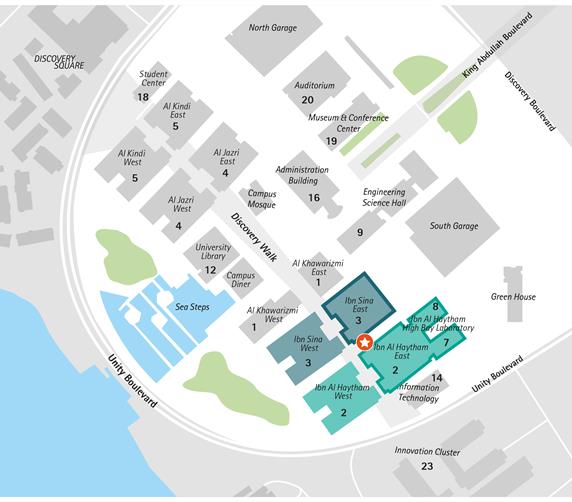Nov 2025
A deep learning-based comprehensive framework for automated seismic data processing and velocity model building
.png?sfvrsn=89142c71_1)
Committee Members Information
- Ph.D. Advisor Name: Tariq Ali Alkhalifa
- External Examiner Name: Xinming Wu
- Committee Chair Name: George Turkiyyah
- 4th Committee Member Name: Bicheng Yan
Abtract
Seismic data processing and velocity model building are fundamental stages in the seismic value chain, as they directly impact the accuracy of subsurface imaging and interpretation. Conventional workflows, while grounded in robust physics and empirical knowledge, often require extensive expertise and remain limited in handling the increasing complexity of modern seismic data. Recent advances in deep learning (DL) have demonstrated the potential to overcome these limitations by learning rich representations from large datasets and enabling flexible, data-driven solutions. This dissertation proposes a comprehensive DL-based framework that addresses both seismic processing and velocity model building, ultimately unifying them into an automated inversion workflow.
The first part of this work introduces StorSeismic, a Transformer-based foundation model for seismic data processing, the first real foundation model in Geophysics. By adopting a pretraining and fine-tuning strategy inspired by Natural Language Processing, StorSeismic treats traces in a shot gather analogously to words in a sentence, capturing both temporal and spatial dependencies through embeddings and attention. Initial experiments demonstrate its ability to adapt across diverse processing tasks and generalize to field data. Building on this foundation, the framework is further optimized with architectural innovations in attention mechanisms and positional encoding, enhancing efficiency and robustness in practical seismic workflows.
The second part of the dissertation shifts focus to seismic velocity model building. Here, I propose VelocityGPT, an autoregressive generative framework that synthesizes velocity models in a top-down manner. Combining a Vector-Quantized Variational Autoencoder with a Generative Pre-trained Transformer-based network, VelocityGPT learns the distribution of discrete velocity representations and generates models conditioned on prior knowledge such as well logs, seismic images, and migration velocities. The framework is further enhanced to improve scalability, efficiency, and uncertainty quantification through Monte Carlo sampling, enabling the generation of realistic, geologically consistent velocity models across scales.
Finally, I present a unified framework that integrates StorSeismic and VelocityGPT into an end-to-end deep learning-based inversion workflow. In this setting, StorSeismic serves as a feature extractor for seismic data, and its representations condition VelocityGPT to generate velocity models directly. This integration leverages the strengths of both sub-frameworks, offering a flexible yet comprehensive approach to automated seismic waveform inversion.
Overall, the proposed dissertation advances the paradigm of data-driven seismic workflows by combining a foundation model for seismic processing with a generative model for velocity model building. The resulting frameworks, either modular or unified, provide a path toward efficient, scalable, and reliable solutions for seismic data processing and velocity model building, while leaving room for future integration with physics to further align data-driven predictions with geophysical principles.
Zoom link:
